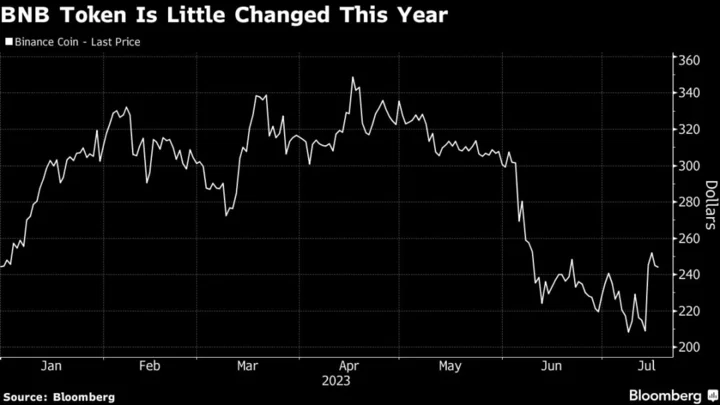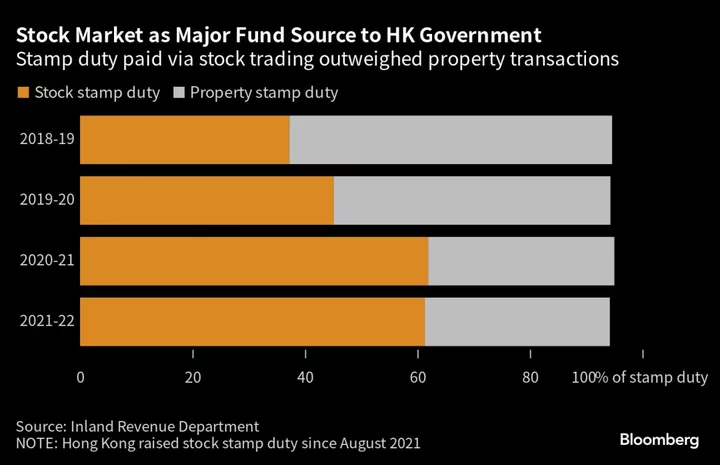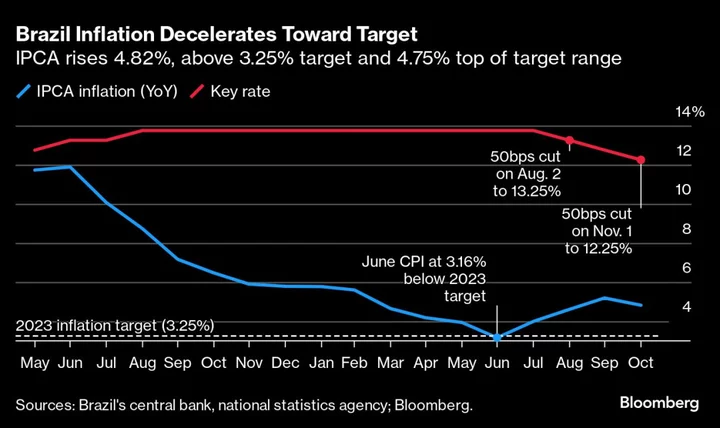Norway plans to raise spending of its $1.4 trillion sovereign wealth fund, citing the need to protect welfare services at a time of soaring inflation that the country’s central bank is struggling to tame.
The Labor-led cabinet is widening its so-called structural non-oil fiscal deficit for 2023 to 373 billion kroner ($36 billion), compared with 317 billion kroner seen in October, according to revised budget figures published on Thursday. The withdrawals, as a share of the wealth fund, will rise to 3%, compared with the earlier estimate of 2.5% and a revised 2.7% last year.
The government has so far vowed to back the efforts of Norges Bank to rein in inflation that has consistently wrong-footed the authorities over the past year, with underlying consumer price growth unexpectedly accelerating last month in part due to the weaker-than-expected krone. The revisions would boost the mainland economy by as much as 0.4 percentage points, the cabinet said.
“Higher price growth than predicted in the state budget has meant that the original budget plan would have become more restrictive than intended,” the government said. “The announced compensation for unexpected price and wage growth will ensure predictability and stability in basic welfare services.”
Under Norway’s so-called fiscal rule, the government’s spending of the fund is capped at 3% over time, or the expected real return of the fund. The central bank has cautioned the nation’s politicians that with the fund’s returns expected to dwindle, the over-reliance on the fossil-fuel wealth should shrink.
Detailed budget figures, due to be published later on Thursday, are also expected to include new forecasts for petroleum prices and production, which in turn could prompt a reduction in the monthly krone sales that the central bank conducts on behalf of the government. Some analysts have seen the elevated pace of such sales as contributing to krone weakness, even as the central bank attributes that weakness mainly to a decline in oil prices, slower rate hikes than the Fed and ECB, and more wary investors.
Read More: Norges Bank Disappoints as Cut in Currency Purchases Falls Short
Mainland gross domestic product, which adjusts for Norway’s oil and offshore industry, is expected to grow 1% this year, slowing from a 3.8% expansion in 2022, the ministry said. That compares with the central bank’s March forecast of 1.1% growth in 2023.









